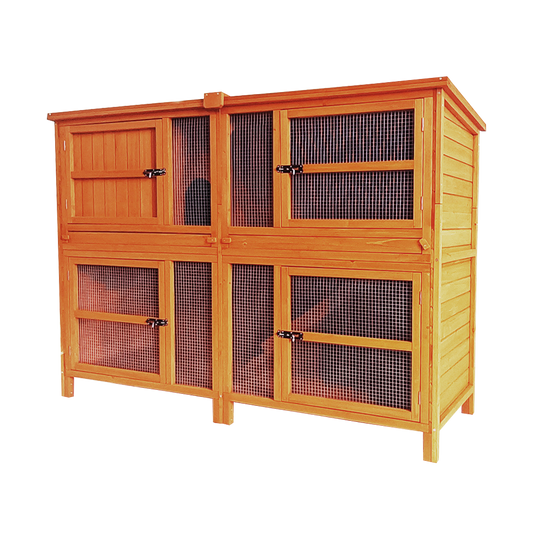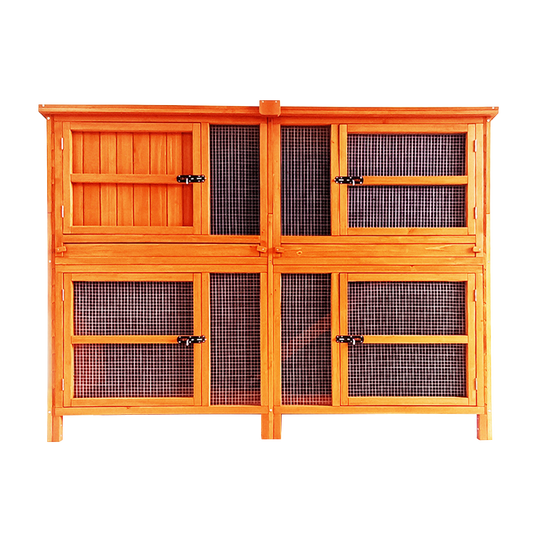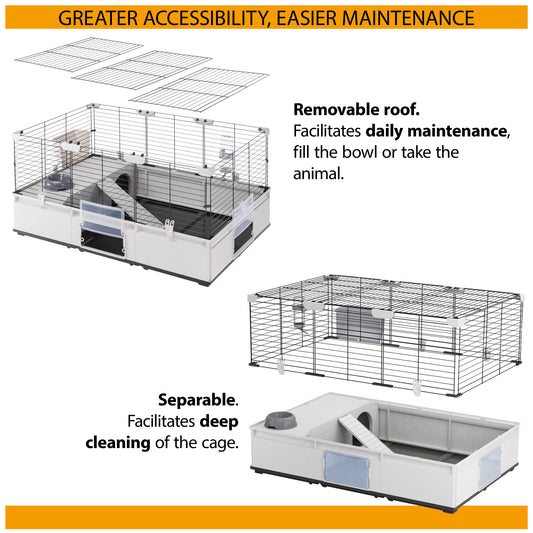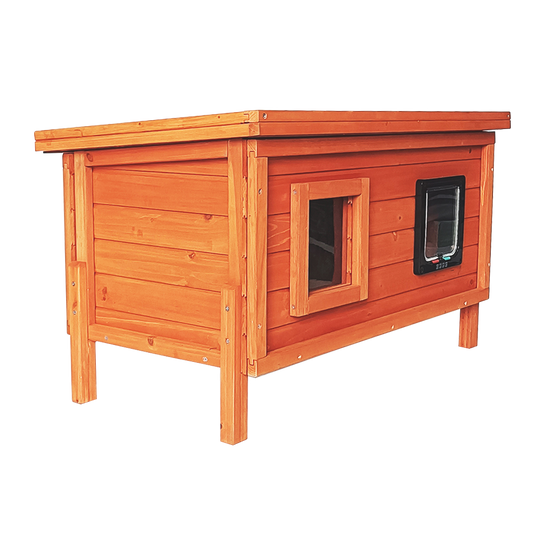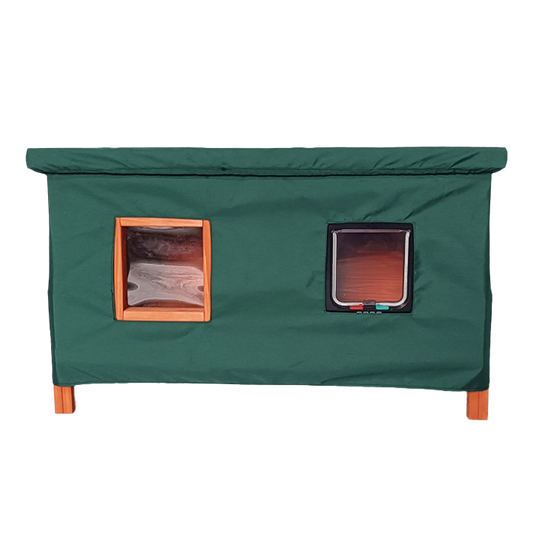As climate change forces us to evaluate our lifestyles and the impact they are having on the planet, people are being encouraged to become more eco-friendly pet owners too. From the food you feed your pet to how you dispose of their waste, there are plenty of small changes you can make to help the planet.
Cat food
The annual greenhouse gas emissions produced by the pet food industry alone amounts to 106 million tonnes of carbon dioxide, according to a study published in Global Environmental Change in 2020.
Meat-eating is a big problem which is why we’re all being encouraged to reduce our own consumption. Livestock accounts for 5% of carbon dioxide emissions and 40% of methane so what we feed our pets has a direct impact on the environment.
Cats are obligate carnivores, which means they need certain nutrients that can only be found in meat so they are unable to live on a vegetarian diet. For example, cats need taurine in their diet which can only be absorbed from meat. Without it, a cat could develop a potentially fatal heart condition.
The impact of the meat used in your cat’s food varies depending on how it is sourced. There has been an increase in the availability of premium brands in recent years which use choice cuts of human-grade meat. In the past, cat foods were manufactured using by-products from the meat production industry – such as off-cuts and offal – so we weren’t farming specifically for pet food.
Human-grade meat might appeal to pet owners when browsing shop shelves but there is no additional benefit for cats. Instead, look for a sustainable cat food brand that uses by-products. There are also new sources of protein being used that are more sustainable including insect protein. It sounds a bit odd but most cats seem to love it and it’s estimated that insect-based food uses just 2% of the land and 4% of the water per kilogram of protein that beef does. The British Veterinary Association has backed insect-based food for pets as being the future of feeding.
As well as the contents of your pet’s food you should also look at where it’s produced and how far it’s travelled, as well as what the packaging is made of and if it can be recycled.
What a waste!
After looking at pet food we need to switch ends and consider what happens to our cats’ waste. It is estimated that two million tonnes of cat litter ends up in UK landfill sites every year.
Clay-based cat litter is particularly bad for the environment as it has to be mined, causing deforestation, as well as not being biodegradable so does not decompose in landfill. Fear not, however, as there are lots of more eco-friendly brands available that are made from plant-based materials. You could also use sawdust or shredded paper in your cat’s litter tray as a natural alternative. If you use a wood-based cat litter you should ensure it is from a sustainable source. Look for Forest Stewardship Council (FSC) certified products.
Reducing your chemical use
Protecting your cat from parasites such as fleas is important but many of the products available are very harmful to the environment. For example, toxic pesticides in veterinary flea treatments have been found in English rivers. Bees and other pollinators are also at risk from the routine use of insecticide on pets. Look for recommended alternatives that can still provide your pet with protection while being kinder on nature.
If you enjoyed this article, you may be interested in:




